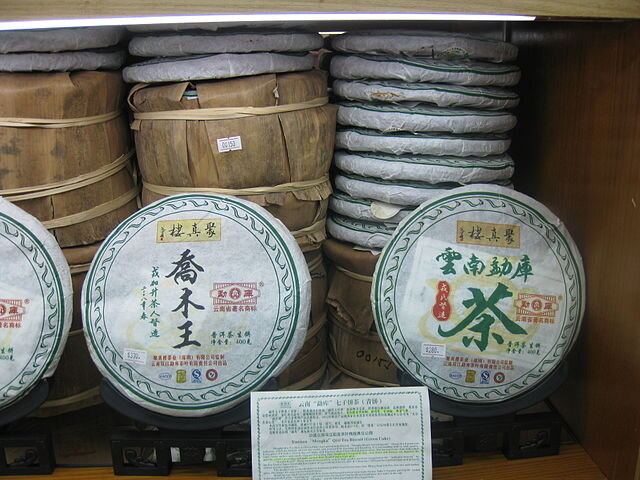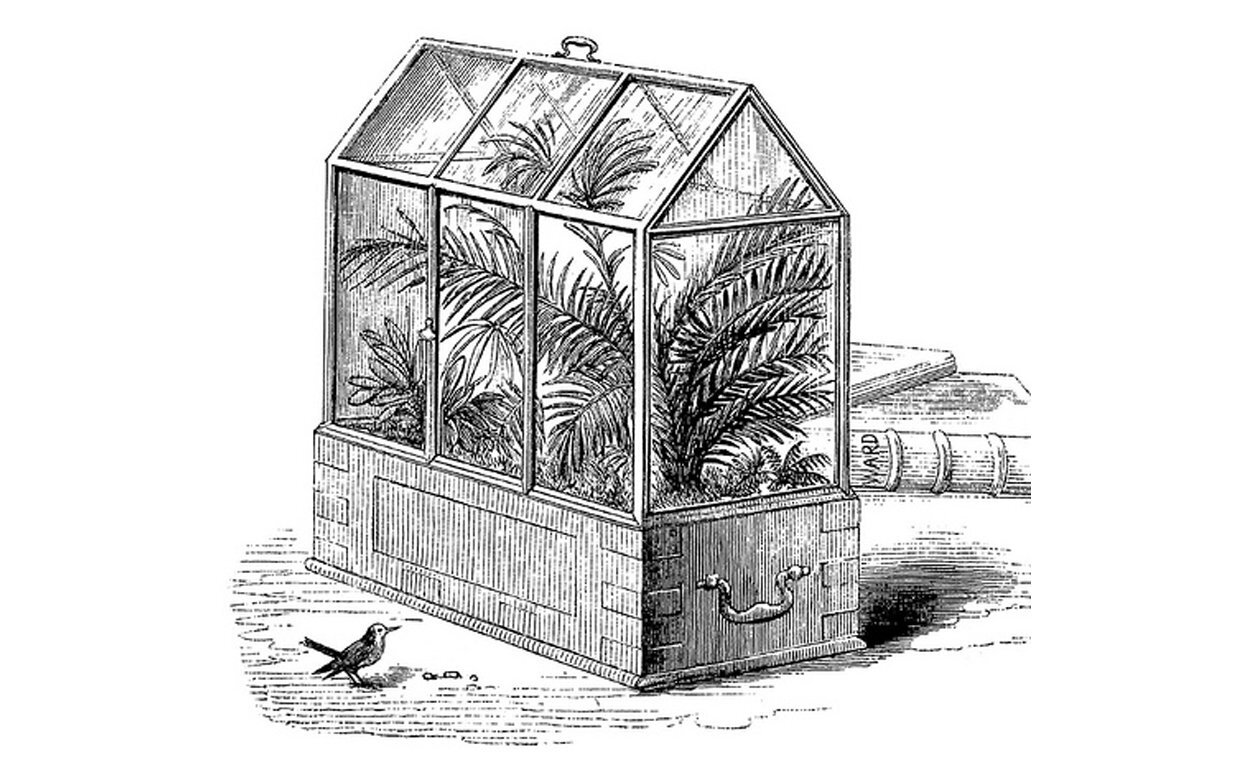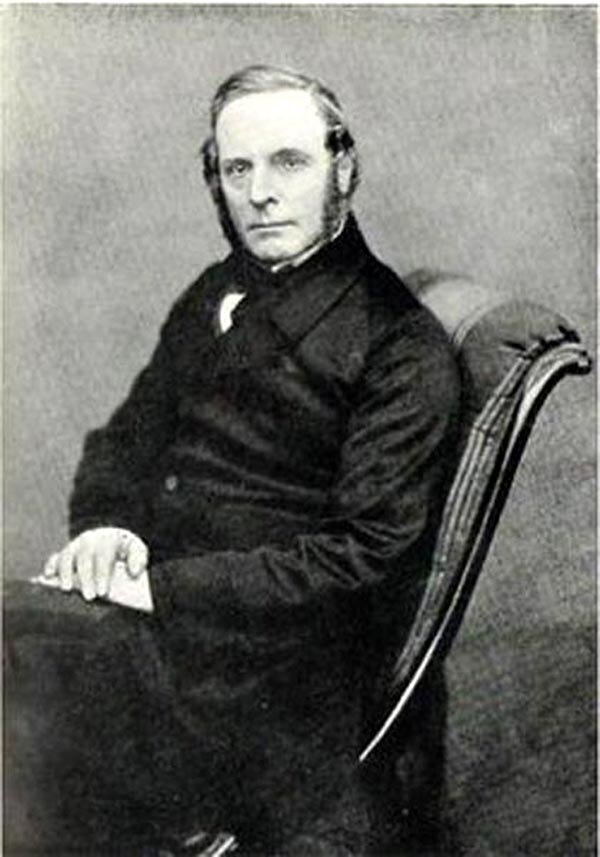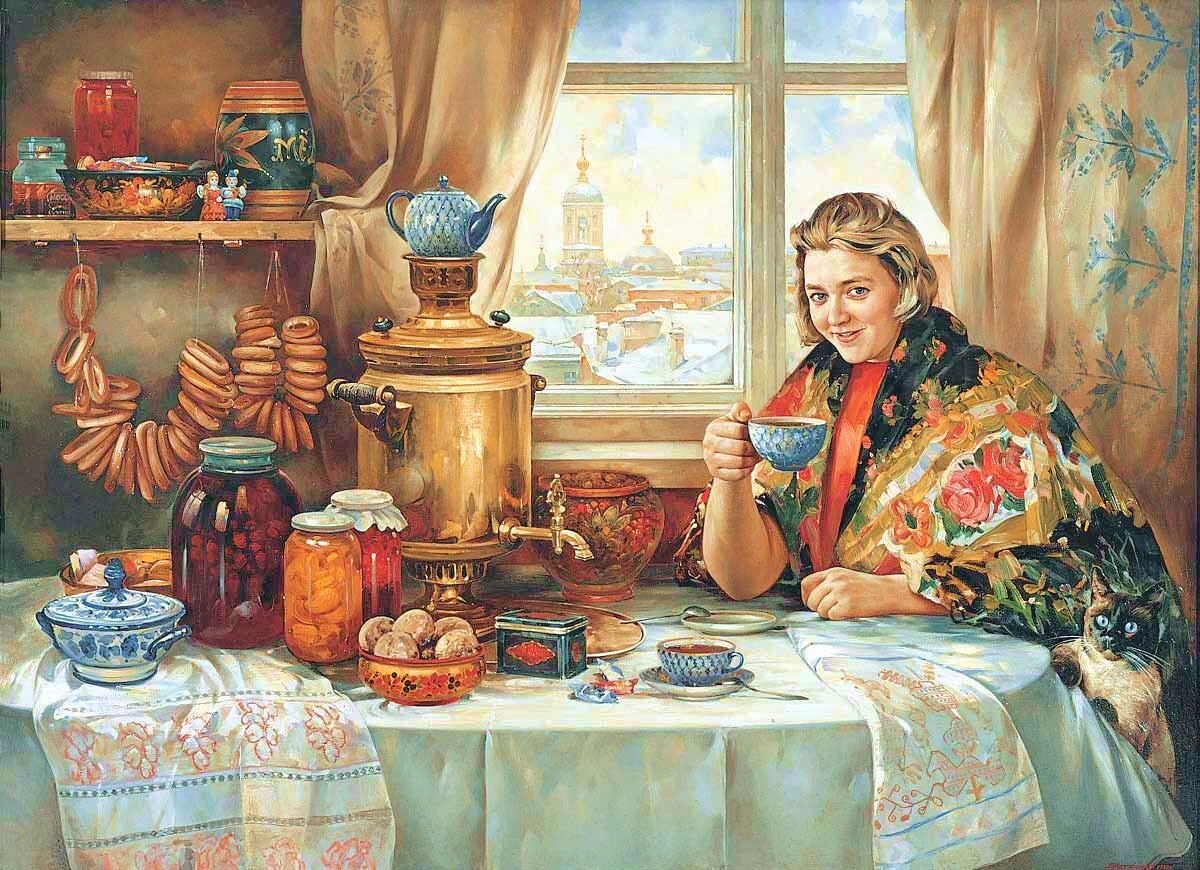Ep. 14 | Tea and Opium
Midway through the Qing Dynasty trouble is brewing along with the tens of millions of pounds of tea being imported into Britain. The Qianlong Emperor rebuffs Britain's envoy and puts a major damper on the prospects of China trade. Britain finds the perfect commodity to trade for tea, Patna Opium from India. This ultimately leads to conflict culminating in the Opium Wars.
Why this war is misnamed is also explained. This was the age of the China Clipper ships and imperialism at its worst. New black teas are also discussed, including Lapsang Souchong and the one black tea that local Chinese didn't turn their nose up to: Keemun.
Listen On Your Favorite Podcast Player
Terms in Episode
| Pinyin/Term | Chinese | English/Meaning |
|---|---|---|
| Qiánlóng Emperor | 乾隆帝 | Qing emperor who reigned 1736-1795 |
| Jiāqìng Emperor | 嘉庆帝 | Qing emperor who reigned 1796-1820 |
| Kāngxī Emperor | 康熙帝 | Qing emperor who reigned 1662-1722 |
| Hoppo | 粤海关部 | the Qing dynasty official at Canton given responsibility by the emperor for controlling shipping, collecting tariffs, and maintaining order among traders in and around the Pearl River Delta from 1685 to 1904. |
| CoHong | 公行 | a guild of Chinese merchants or hongs, operated the import-export monopoly in Canton (present-day Guangzhou) during the Qing dynasty |
| Lín Zéxú | 林则徐 | a.k.a. "Commissioner Lin", lived 1785-1850, Qing official whose anti-opium activities led to the Forst Opium War 1840-1842 |
| Bùpíngděng tiáoyuē | 不平等条约 | Unequal Treaties |
| Fújiàn | 福建 | Coastal province in southern China |
| Dàoguāng Emperor | 道光帝 | Qing emperor who reigned 1821-1850 |
| Gōngfu | 功夫 | Means "effort". Therefore Gongfu Tea would be tea prepared using "extra effort" |
| Lìshān Xiǎozhǒng | 立山小种 | Lapsang souchong tea |
| Zhèngshān Xiǎozhǒng | 正山小种 | Another name for Lapsang Souchong Tea |
| Wǔyí Mountain | 武夷山 | Mountain chain in northern Fujian famous for its scenic beauty, Buddhist temples and tea gardens (and famous teas) |
| Xūnchá | 熏茶 | Smoked tea (tea with a smokey flavor |
| Xūn | 熏 | to smoke (in cooking) |
| Qímén Chá | 祁门茶 | Keemun Tea |
| Qímén | 祁門 | Keemun, a city in Anhui province |
| Huáng shān | 黄山 | Sacred mountain located in Anhui |
| Guāngxù Emperor | 光绪帝 | Qing emperor who reigned 1875-1908 |
| Anhui | 安徽 | Province in Central China west of Zhejiang |
| Keemun Háo Yá | 祁門豪芽 | A type of Keemun tea that is made from a ‘fine pluck’ which means that the pluck is done early in the season from just-emerging buds. |
| Keemun Máoféng | 祁门毛峰 | Keemun tea produced from the two top leaves and the tea bud |
| Keemun Congou | 祁门工夫 | Keemun tea produced from one leaf and the tea bud |
| tú | 荼 | A Chinese character used for the word tea prior to the Tang Dynasty. |
| kǔcài | 苦菜 | a bitter vegetable |
| Hàn | 汉朝 | Chinese imperial dynasty that lasted 206 BCE - 220 CE |
| Suí | 隋朝 | Chinese imperial dynasty that lasted 581-617 |
| Táng | 唐朝 | Chinese imperial dynasty that lasted 618-907 |
| Sòng | 宋朝 | Chinese imperial dynasty that lasted 960-1279 |
| Míng | 明朝 | Chinese imperial dynasty that lasted 1368-1644 |
| Chá | 茶 | Tea |


























The tea trade transforms into an entire industry and becomes the most important traded commodity of the British East India Company